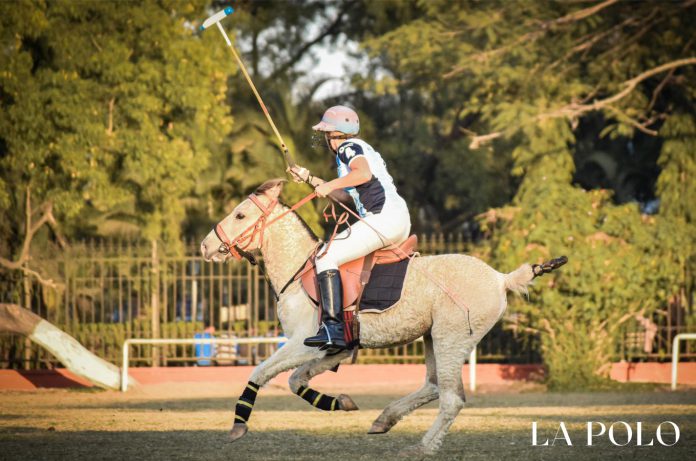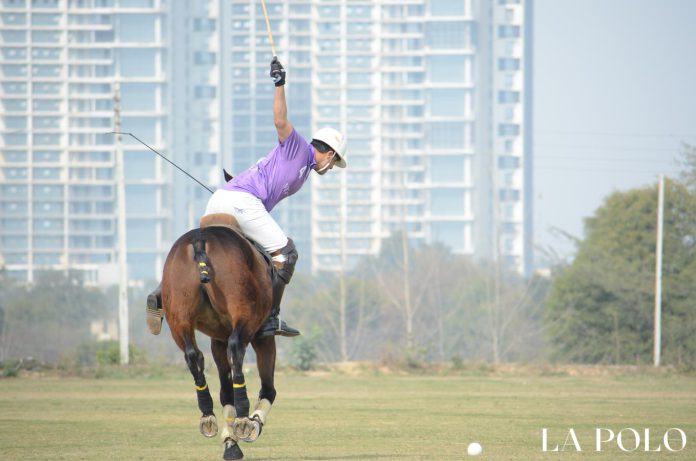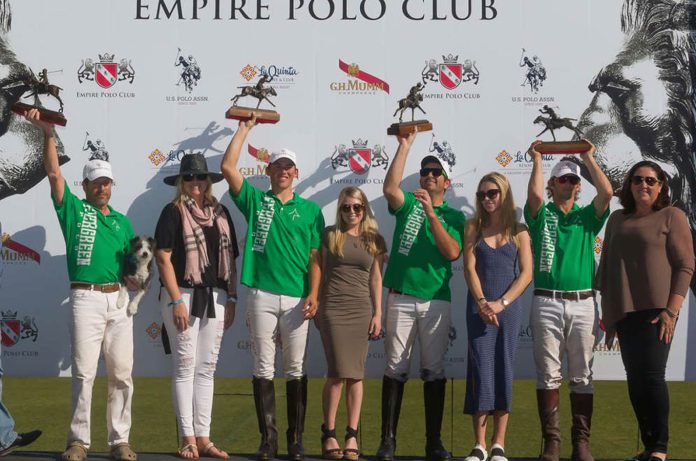The Manipuri Pony, Meitei Sagol, is a rare breed from the Southeast Himalayan State in northeast India. Extremely agile and tough, the equines are known for their stamina, speed and intelligence. The Ponies are known to have descended from Mongolian wild horses crossbred with Arabian and other pony stock along the Burmese. The court chronicle of Manipur, The Cheitharol Kumbaba, acknowledges Manipuri Ponies as the spoils of war by King Kyamba (1467 – 1508).
Having been bred for centuries in the Northeast India, the first written mention of the ponies dates to a brief statement in the 1584 Manipur Royal Chronicle. The breed was mentioned frequently in Manipur Literature by the early 1600s. Ridden by the Meitei Warriors, they were often used as Cavalry horses. Manipuri Ponies are often used to play Sagol Kangjei, a version of Polo believed to be close to what was originally played when the sport was invented.
” class=”img-responsive” src=”https://lapol0.s3.amazonaws.com/media/None/Manipur-Ponies-play-lapolo.jpg” style=”width:100%” />
Later, inspired by the dazzling success of the Mongol and Manipuri cavalry, the Imperial Court of Burma decided to maintain a similar force in the form of Cassay (Manipuri) Cavalry permanently in the Burmese Military setup. 2/3rd of the total cavalry strength of Myanmar was comprised of the Manipuri “Cassay Horses” who were press-ganged into the Burmese Army after Burmese's conquest of Manipur in 1758, which was led by King Alaungpaya. Alaungpaya used 2000 strong Manipuri Cassay horse which almost led to a victory in the Burmese-Siamese War of 1759, but the untimely death of Emperor ended the war early.
” class=”img-responsive” src=”https://lapol0.s3.amazonaws.com/media/None/Manipuri-Ponies-polo-lapolo.jpg” style=”width:100%” />
Standing 10 to 13 hands high, the Manipuri Pony does resemble other ponies of the region, such as the Burmese Pony and the Batak and Sumba Ponies from Indonesia, but is considered to be way more powerful than the others. An attractive wedge-shaped head with a straight profile, alert ears and wide-set eyes, distinguish the pony from the others. Traditionally, the Meiteis, the majority ethnic group of Manipur, recognize more than 70 different colors and patterns in the Manipuri Pony.
Mapal Kangjeibung, world’s oldest Polo Ground, displays two large hoardings that send out a strong appeal to the public: “Save Manipuri Pony, the original Pony,” and the other one states, “We gave the world the game of Polo.” Modern Polo, which roots back to Manipur, is derived from the homegrown game called Sagol Kangjei, originally played with Manipuri Ponies. Often considered the ‘Pride of Manipur’, the ponies, once revered as Gods, are on the brink of extinction.
” class=”img-responsive” src=”https://lapol0.s3.amazonaws.com/media/None/manipuri-ponies-usa-lapolo.jpg” style=”width:100%” />
The merger of Manipur into the Indian Union in 1949 led to the drop in the patronage of Manipuri Pony feverishly. An endangered species today, the pony has an estimated population of less than 500. Their rare and endangered status is not competently recognized by local citizens and leaders. Crossbreeding has led to the introduction of other breeds in the state. The late 20th century has witnessed an increase in urban development which has led to to the perishment of traditional pastures, leaving many ponies to wander the streets, scrounging in the city trash. The unstable political situation in the conflict-ridden border has distracted leaders from the plight of the pony, whose days may be numbered, but there are some concerned citizens and pony lovers who have become aware of the need to preserve the Manipuri Pony. At present, there is no organization aggressively addressing the critical situation of these historically significant ponies.
Today, the abating populations of Manipuri Ponies are still used for exhibition arambai, racing, polo and to a limited extent, by the Indian military for transport.





